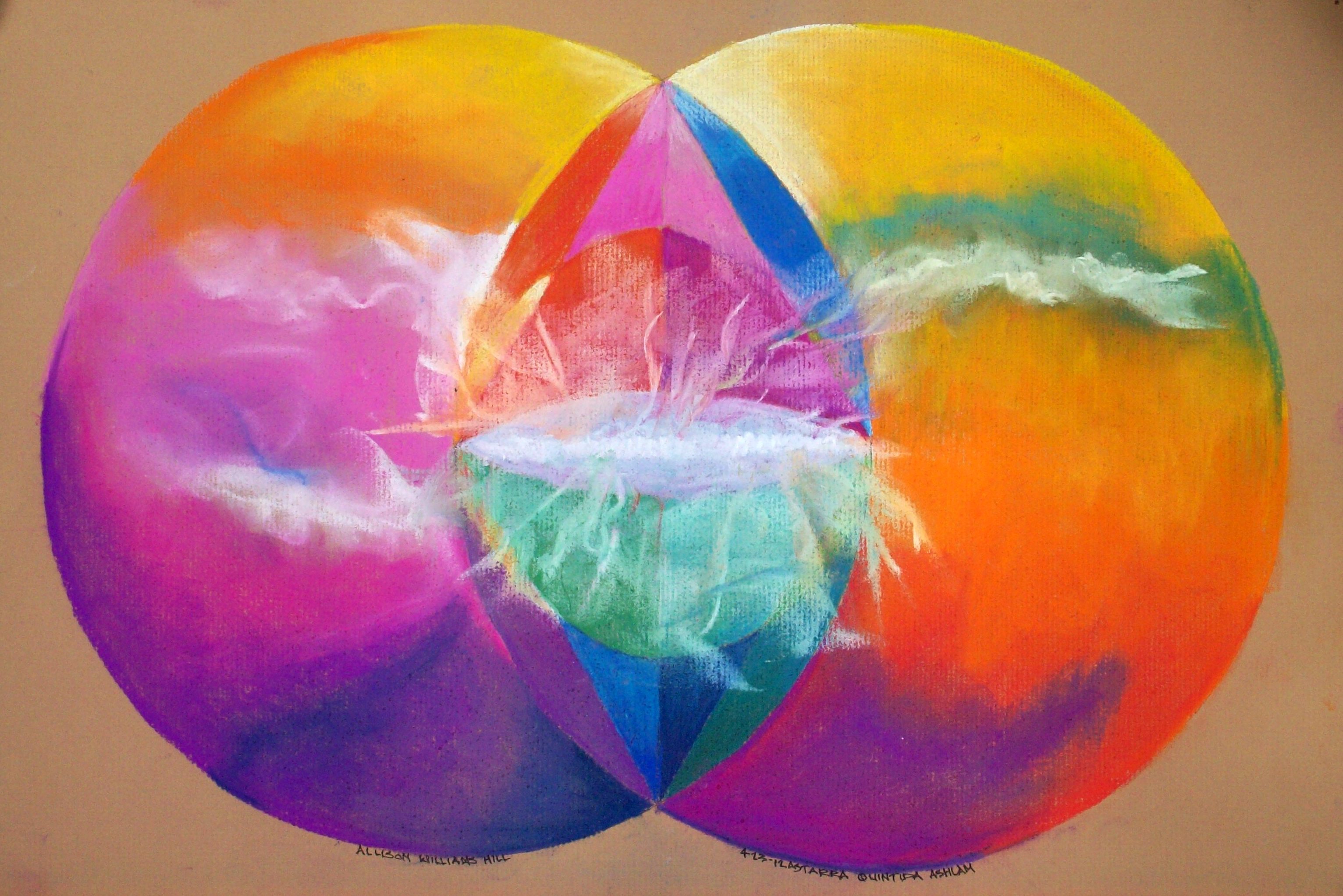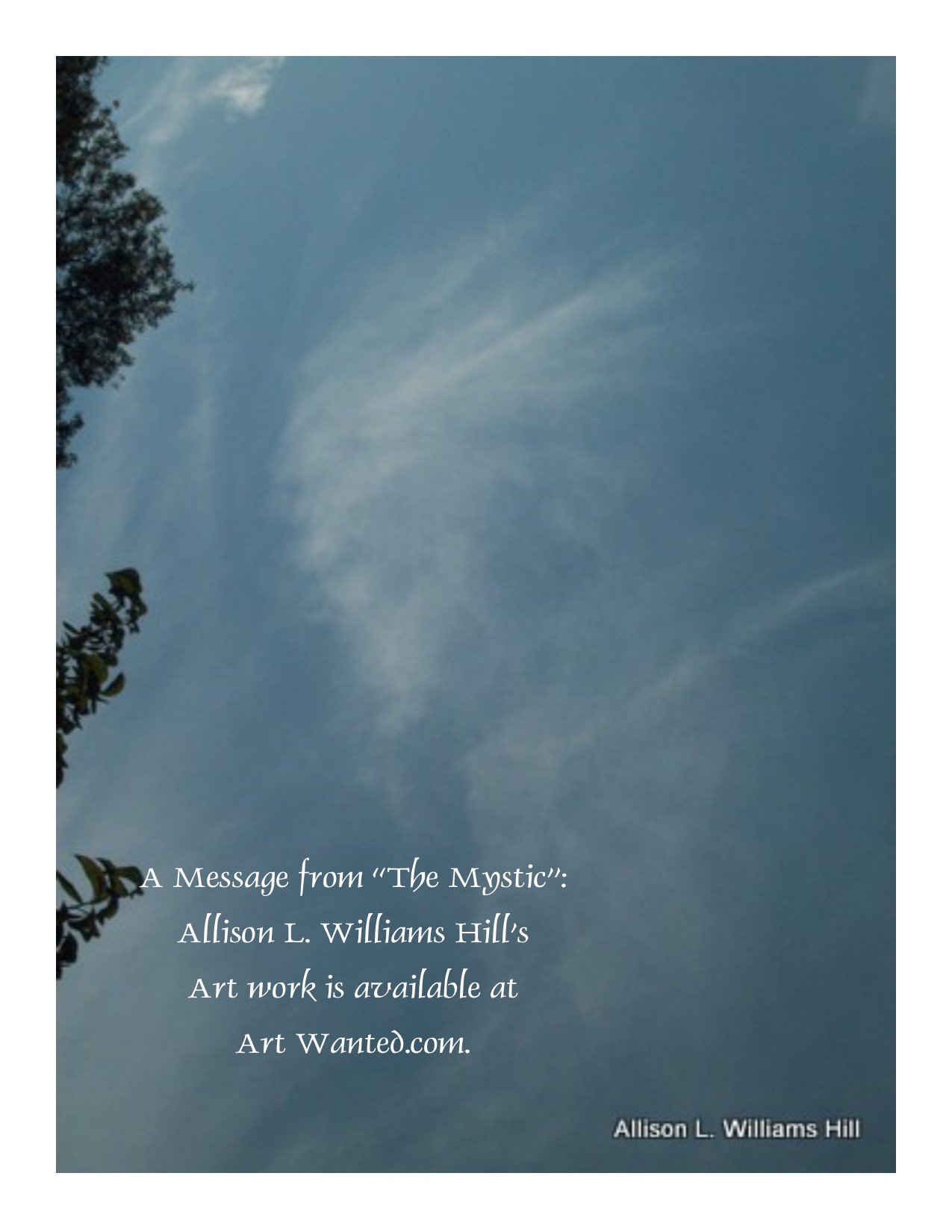Traditional Line Sweaters
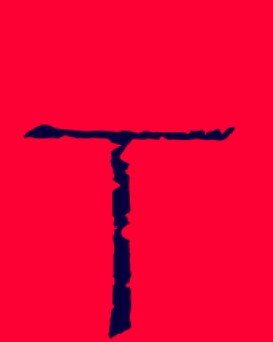
raditional line sweaters are created using existing methods and stitches. I limit the range. I am not fond of cable stitches, bobbles, etc. used in European fashion. I have seen enough of traditional patterns and designs of other cultures. They are wonderful. Scandinavian sweaters are recognizable. There are standard motifs that are associated with the culture. This culture has had snow for centuries. The beautiful elements remind me of snow crystals and snowflakes. It's all good.
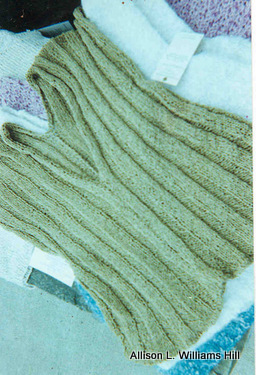
The pattern designs concentrate around the neck and wrists. The patterns remind me of family signatures. The eyes generally go towards the face and that is where the most of the styles are placed. If one sees a particular style, they would know it was associated with a particular family line. Similar to plaids in Scotland, the colors and patterns convey who the wearer is and with whom they are associated. These are traditions of European culture.
I don't remember ever owning a Scandinavian anything - sweater, hat, or gloves. I have seen Black people wear them. I wanted to create something different for Black people, in general. First off, my sweaters, traditional line are simply executed. The stitches are not elaborate or complicated. I tend to change if I am making sleeves, for example, one sleeve from another. I don't find it challenging. Boring is too strong a word. If it came to that, I would not
execute them at all.
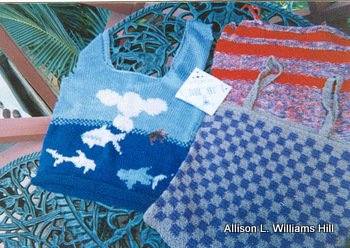
As I wrote in Art-to-Wear, the stitches are simple. I LOVE color and I like geometric shapes. I lean toward abstractions. In college, I did a presentation on Piet Mondrian in an architectural history. The strong horizontal and vertical shapes; large and small, and thick and thin, were his choices to represent the strongest forces of nature. One can express, within these objectives, calm nature or violent nature with line, shape or color. One can express a season or a climate using the same. A combination of both can depict a hurricane, something I had the experience of living through many times.
The neat thing about using yarn overall is that it is a three-dimensional medium. In addition to feasting with the eyes on color, the eyes can delight in the various sizes of the yarns. The yarn size, thick and thin, or combined gives the hands something to do. Women like to touch, and I have seen that men like to as well. We all must be aware and honor personal spaces regardless of how the finished work looks.
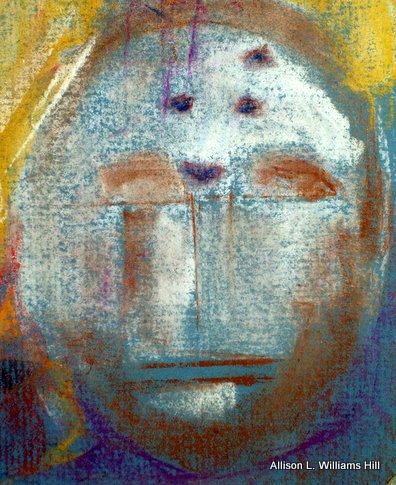
Thought detail by Allison L. Williams Hill
A traditional line garment could include both knitting and crocheting. It really depends on what I want to create rather than achieving the completion of a pattern.
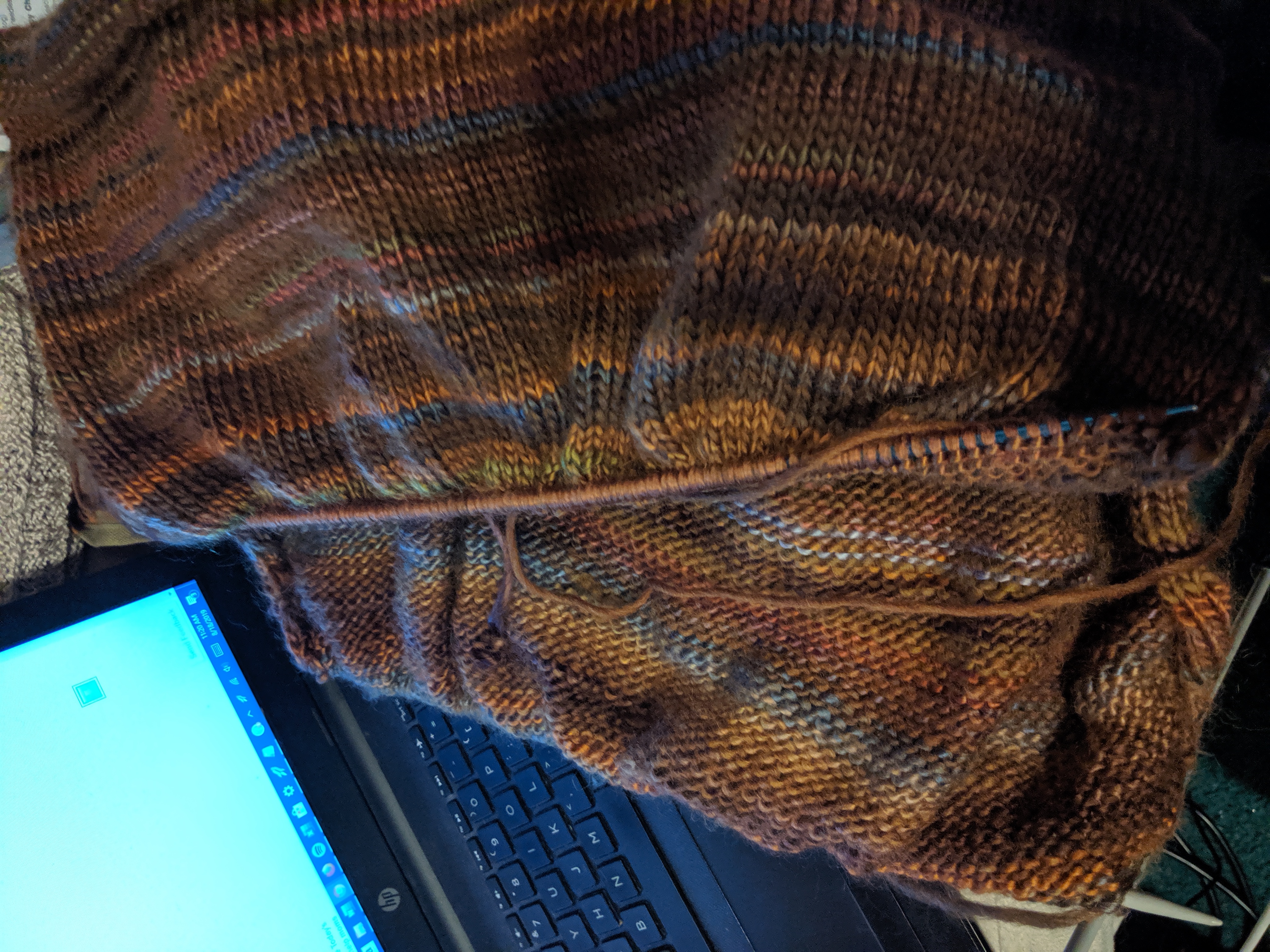
Knitted Detail Work by Allison L. Williams Hill
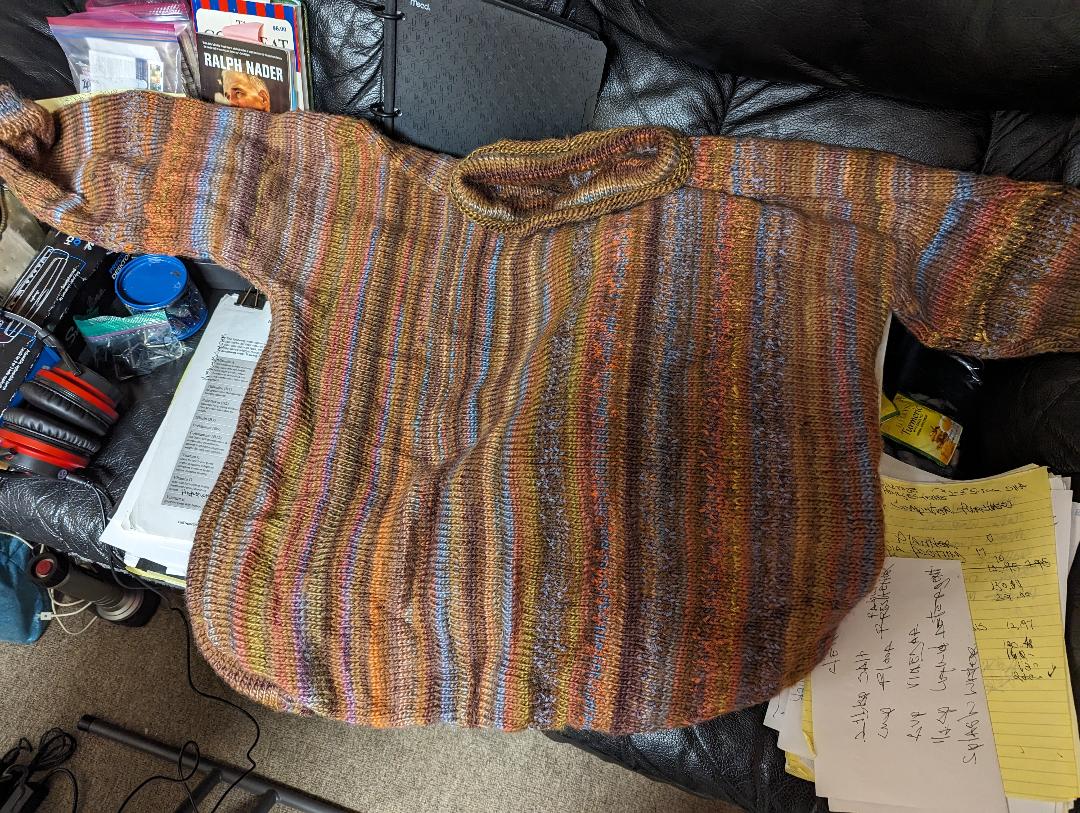
From the mind to paper, visualizing a form to wear, and the colors I see it having, is a tool. I speak to myself, see variations, and select something that makes sense. When complete, some ideas work, and some do not

Crocheted Sweater Jacket by Allison L. Williams Hill
I wear colors and shapes. They remain on my body. I move in them. They move across me. I wear them in public and, recently, I wore a great sweater to bed.It was the first time I did that. I was cold. It was snugly and the best test of many things I've made. That will be a new idea to sell the sweaters. It felt soooo good.
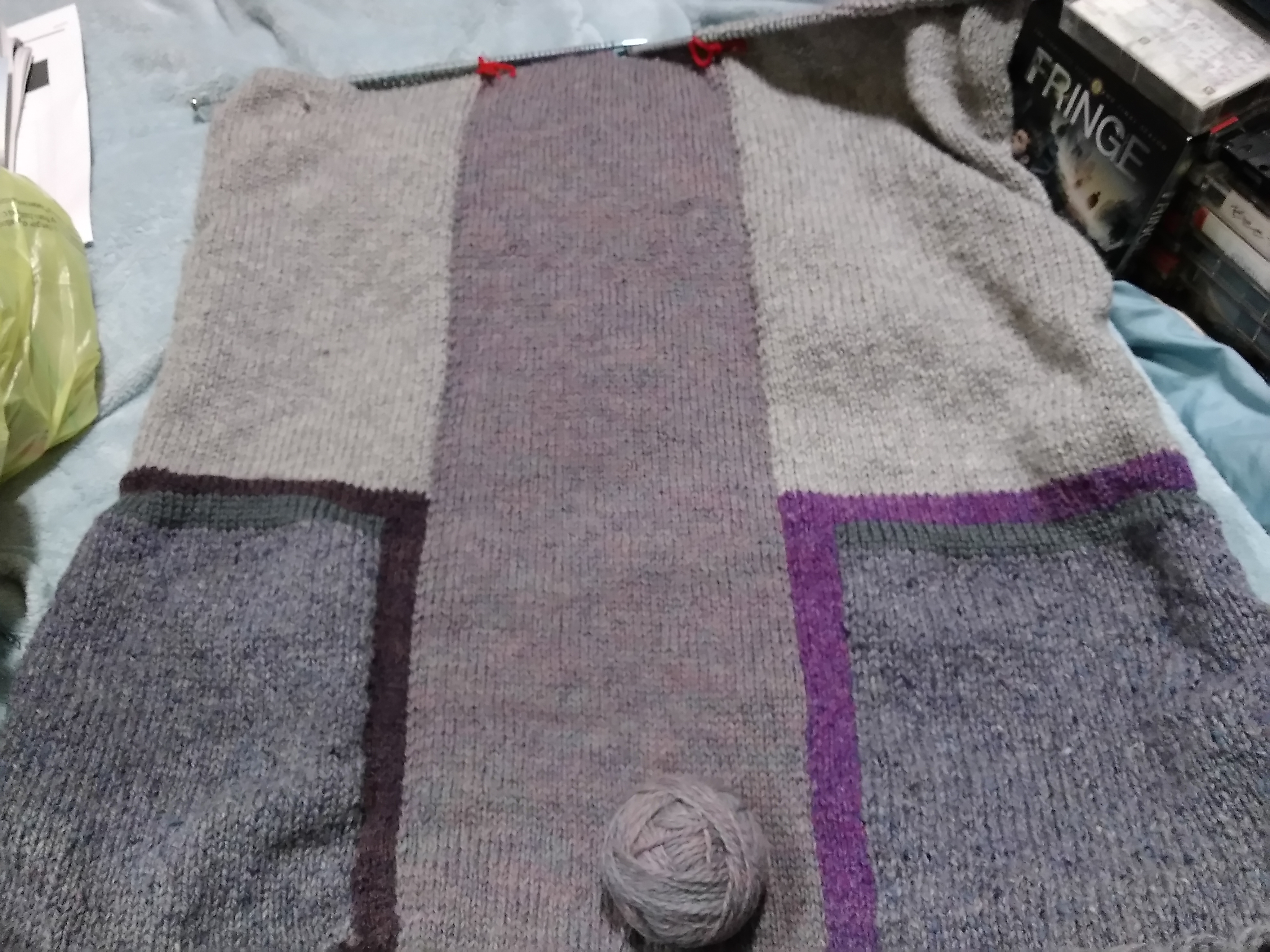
A sweater I created for my sister.
Links
